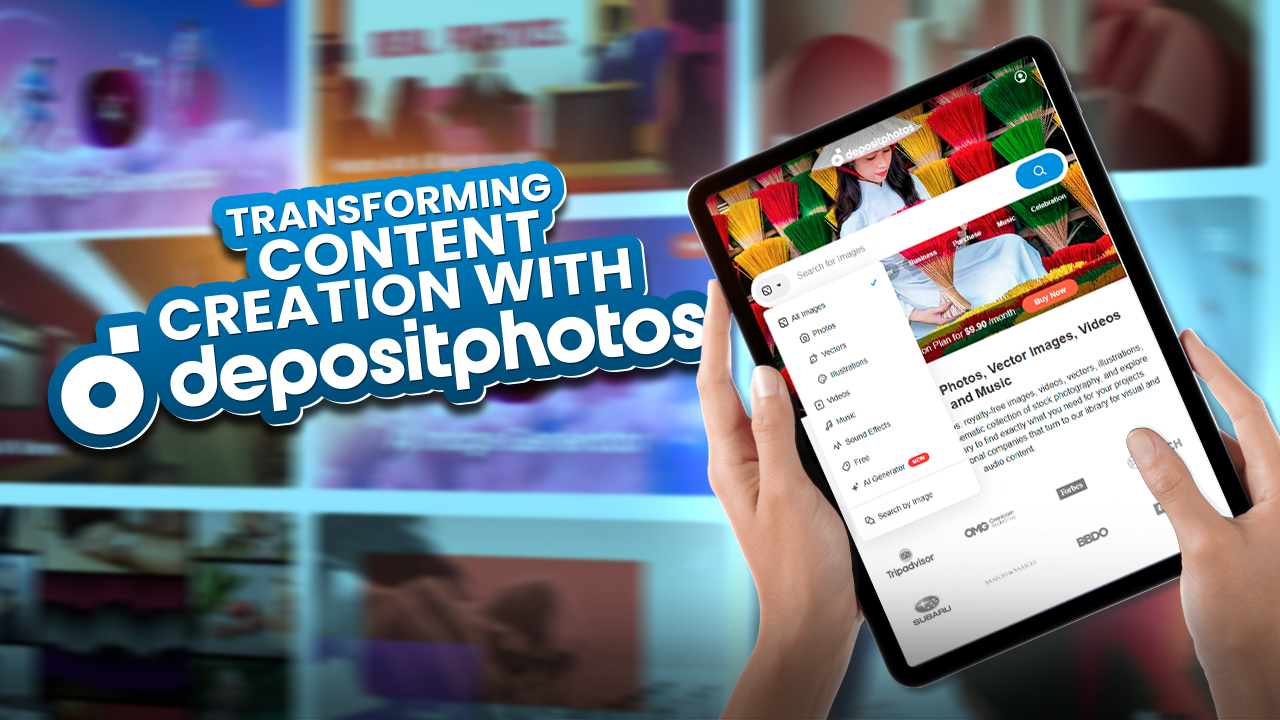The desire to fill wall space with a TV or projection system, especially if you’ve been wanting to upgrade an outdated home theater system, might be undeniable if you have the real estate available in your house. You can often pay less than $1,000 and walk out of Best Buy with the latest and greatest TV hardware, with monster sizes at a variety of price points. You can also use a projector and screen to get the most out of your viewing experience. While you may lose smart features and decent audio, you will gain a much larger image.
Both options have benefits and drawbacks, and there are times when one is preferable to the other. We’ve put together this article comparing projectors and TVs to help you decide which will work best in your own home theater. It details how the two differ in terms of price, picture quality, installation, sound quality, and convenience. So, without further ado, let’s get started.
Size
TVs used to lag far behind projectors in terms of size, but the gap is closing fast. An 85-inch TV can now be purchased for less than $3,000. However, affordable projection screens start around 100-120 inches, and you can get a decent projector with solid brightness, good color reproduction, and even 4K resolution for less than a high-end 4K UHD TV. So, while TVs are becoming much more popular, projectors remain, by far, the most cost-effective way to get a mondo-sized screen. As a result, in terms of size, the projector wins.
Brightness
Brightness is an important factor to consider with projectors, owing to the fact that perceived contrast is determined by how dark or light the room is. The more ambient light in a room, the more brightness you’ll need to ensure the image doesn’t wash out. High brightness, on the other hand, quickly drives up projector costs. Most projectors in the $2,000 price range, for example, produce between 1,500 and 3,000 lumens. Because projectors bounce light off a screen, the actual brightness that reaches your eyes is much lower.
Most 1,000 dollar LED TVs can easily produce much higher brightness, but keep in mind that TV brightness is measured in nits, not lumens. Projector/screen combinations simply have to work harder to be as bright as even a low-cost LED TV, and the problem with projector bulbs is that they dim over time, eventually burning out and being expensive to replace. Laser projectors eliminate the bulb-replacement issue, but they are still not as bright as televisions.
On the other hand, if you can get your viewing room really dark, the reflected light from a projector can be quite comfortable to watch. There’s a reason movie theater screens are so comfortable to look at. Finally, if you want a bright and vibrant picture in any light, with little to no upkeep costs, a TV is the way to go.
Resolution
Premium 4K TVs are expensive due to their wide color gamut and high dynamic range. But what about high-performance 4K HDR projectors? Astronomical. Rather than purchasing a high-end 4K HDR projector, you should invest in a good 4K HDR TV and supplement it with a sound system or an Ultra HD Blu-ray player. While some decent 4K HDR projectors are available for around 1,500$ to $2,000, they cannot compete with the performance of a comparable priced TV. So, in terms of resolution per dollar, televisions win by a landslide.
Color Accuracy
To get good color from a projector, you don’t have to spend an arm and a leg. Depending on the projector, you can get great color at a reasonable price. TVs, on the other hand, necessitate more effort and better processing to produce the best color, which raises the price. At this point, the best 4K TVs can produce a wider color gamut than most consumer projectors, but projectors are very close. This is especially true for TVs equipped with high dynamic range, or HDR, though HDR projectors are becoming more common as well.
If we look exclusively at the price-to-performance ratio, TVs come out on top. If money isn’t an issue and you’re willing to invest in a light-controlled projector room, you can get a much larger image with excellent image quality. As a result, we’ll call this one a tie.
Sound Quality
TVs are the better option in this case, and for one simple reason: TVs have speakers, and sometimes decent ones. Sure, some projectors have speakers, but they’re usually tiny and tinny, and they’re usually positioned behind or above viewers’ heads.
Many TVs have adequate sound right out of the box, but their primary function is video. If you want to get the most out of your home theater, whether you’re using a TV or a projector, a good sound system is essential.
Final Thought
So after comparing TV and projector head to head, we can say the TV wins all the way! Though projectors still deliver the biggest images around, prices on enormous TVs are cheaper than ever. With a projector, you will have to sacrifice image quality and livability. Yes, big images are awesome to experience but if you get a chance to enjoy the same thing in a better quality, you should go for a TV, especially as they have become way cheaper now.







